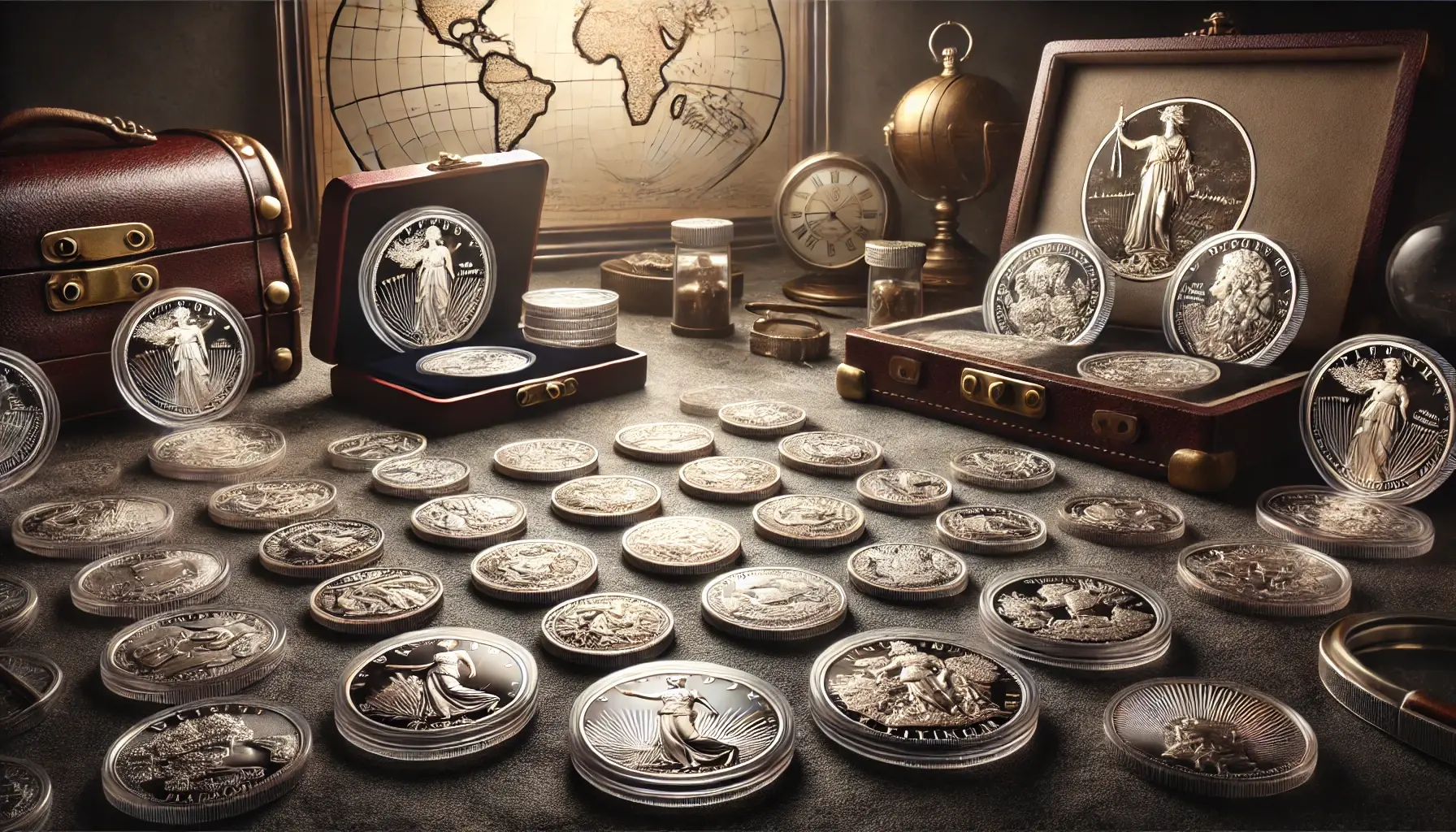
When it comes to investing in precious metals, gold and silver often steal the spotlight. However, another metal platinum deserves serious consideration for any well-rounded investment portfolio. While platinum may not be as widely recognized as its precious metal counterparts, it offers unique benefits and opportunities for investors looking to diversify and enhance their portfolios. In this article, we'll explore the reasons why platinum is worth considering, including its rarity, industrial demand, historical performance, and potential for future growth.
1. Rarity and Supply Constraints
One of the primary factors that make platinum an attractive investment is its rarity. Platinum is much rarer than gold and silver, with annual production levels significantly lower. Most of the world's platinum comes from a small number of mines in South Africa and Russia, making it more susceptible to supply disruptions.
Supply Constraints: Platinum mining is concentrated in regions that are prone to political instability, labor strikes, and other disruptions. These factors can lead to supply shortages, which can drive up prices. For example, in the early 2000s, labor strikes in South Africa caused significant disruptions in platinum production, leading to sharp price increases.
Rarity: To put its rarity into perspective, for every 10 ounces of gold mined, only about 1 ounce of platinum is produced. This scarcity can lead to higher prices, especially in times of increased demand.
2. Industrial Demand
Unlike gold, which is primarily used for investment and jewelry, platinum has a broad range of industrial applications. Its unique properties, including resistance to corrosion, high melting point, and catalytic capabilities, make it indispensable in several industries.
Automotive Industry: One of the largest uses of platinum is in catalytic converters, which are essential components in vehicle exhaust systems that reduce harmful emissions. As governments around the world implement stricter emissions regulations, the demand for platinum in the automotive industry is expected to remain strong.
Emerging Technologies: Platinum is also used in emerging technologies such as hydrogen fuel cells, which are seen as a key component of the future of clean energy. As the world transitions to renewable energy sources, the demand for platinum in hydrogen fuel cells could increase significantly.
Jewelry and Electronics: In addition to its industrial uses, platinum is also popular in high-end jewelry and is used in various electronic devices due to its excellent conductivity and durability.
3. Historical Performance and Volatility
Platinum has a history of price volatility, which can be both a risk and an opportunity for investors. Historically, platinum prices have been higher than gold, largely due to its rarity and industrial demand. However, platinum's price can fluctuate significantly due to changes in industrial demand, supply constraints, and broader economic conditions.
Price Fluctuations: For example, during the 2008 financial crisis, platinum prices fell sharply as the global economy slowed and industrial demand declined. However, prices rebounded strongly as the economy recovered, demonstrating platinum's potential for significant price appreciation.
Hedge Against Inflation: Like other precious metals, platinum can serve as a hedge against inflation and currency devaluation. During periods of economic uncertainty or inflationary pressures, investors often turn to precious metals as a store of value, which can drive up platinum prices.
4. Diversification Benefits
Adding platinum to your investment portfolio can provide diversification benefits, helping to reduce risk and enhance returns. Precious metals, including platinum, often have a low correlation with traditional asset classes like stocks and bonds. This means that platinum prices may move independently of other investments, providing a hedge against market volatility.
Portfolio Diversification: Diversifying your portfolio with platinum can help spread risk, particularly during times of economic uncertainty or market downturns. If stocks or bonds are underperforming, platinum's unique drivers—such as industrial demand and supply constraints—may offer a counterbalance.
Inflation Protection: In addition to diversification, platinum can also offer protection against inflation. As a tangible asset, platinum tends to retain its value over time, making it a reliable store of wealth in an inflationary environment.
5. Potential for Future Growth
Looking ahead, several factors suggest that platinum has significant growth potential. As the world moves towards cleaner energy and stricter emissions standards, the demand for platinum in automotive and industrial applications is likely to increase.
Clean Energy Transition: The global push towards renewable energy sources and reduced carbon emissions could drive demand for platinum in hydrogen fuel cells and other clean energy technologies. This emerging demand could create new opportunities for platinum investors.
Supply Challenges: Given the concentrated nature of platinum mining and the potential for supply disruptions, any reduction in supply could lead to sharp price increases. Investors who position themselves in platinum ahead of such events could benefit from significant price appreciation.
Conclusion
While gold and silver are often the go-to choices for precious metals investors, platinum offers unique advantages that make it worth considering for your portfolio. Its rarity, industrial demand, potential for price appreciation, and diversification benefits all contribute to its appeal as an investment. As the world continues to evolve and new technologies emerge, platinum's role in various industries is likely to grow, offering investors the potential for significant returns.
Investing in platinum can be a smart move for those looking to diversify their portfolios, hedge against economic uncertainty, and take advantage of the metal's unique properties. Whether you're a seasoned investor or just starting, adding platinum to your portfolio could be a valuable strategy for long-term wealth preservation and growth.
